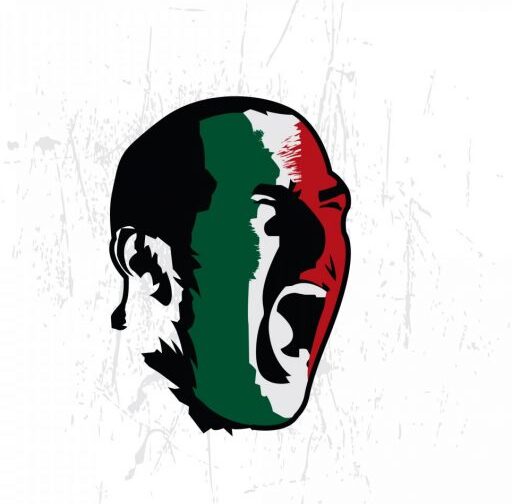 Football is arguably the longest, most grueling season in all of sport. From July to May, players and coaches work hard to get fit and on point with each other, while directors work tirelessly to improve the squad.
Football is arguably the longest, most grueling season in all of sport. From July to May, players and coaches work hard to get fit and on point with each other, while directors work tirelessly to improve the squad.
However, some plans don’t work out once the campaign begins and owners become impatient, especially in Italy. They sack the coach and replace him with someone who they think is going to invigorate the team. Depending on the club, it either works out or the old boss returns to take over from the man who kicked him out of the hot seat.
The former has been true with AC Milan thus far. The Rossoneri have earned 13 points out of a possible 21 with Clarence Seedorf in charge. Since the former midfield great took over from Massimiliano Allegri, the club appears to be confident with their football again. Players like Adel Taarabt and Mario Balotelli have spoken highly of their new tactician, while some youngsters have been given more opportunities to impress.
On the other hand, the squad clearly isn’t strong enough for a top three finish, let alone competing for the Scudetto. Seedorf may be able to guide Milan into the Europa League, but this upcoming summer is an important one for the Diavolo. That’s when the Dutchman can fully demonstrate his tactics and training methods, plus there’s a chance to bring in quality players to enhance what is a mediocre team.
Genoa have also benefited from an in-season change on the bench. Fabio Liverani was appointed by president Enrico Preziosi, but was relieved of his duties after just seven games. Gian Piero Gasperini was hired in his place, he coached the Grifone from 2006-2010 before he was fired from the post in November of that year.
He’s accumulated eight wins, six draws and five defeats. For the first time in a while, the Gialloblu are no longer in a relegation dogfight, they’re safely ensconced in the middle of the table and clear of the drop. In fact, they’re just a few points back of a Europa League spot.
No Genoa fan would’ve imagined such a scenario at the beginning of the season.
Some other coaching shuffles haven’t paid off though. Sassuolo played some attractive football with a whole crop of exciting, young Italians. Eusebio Di Francesco had the team in and out of the relegation zone, but following a flock of summer signings, he was let go and Alberto Malesani was hired instead.
He lost every single match and was fired as a result. Guess who came back to try and save the season? Di Francesco. Just goes to show that some trigger happy presidents don’t always get it right.

Catania went through the same debacle. Rolando Maran was sacked due to the club’s poor campaign (they were in the relegation zone despite finishing with their highest ever points total the year before with the same coach).
Luigi De Canio came in, but he didn’t fare any better. If anything, the Rossazzurri looked even worse than before. Maran was eventually brought back, but the Elefanti are still fighting for survival.
Mid-season changes obviously have mixed results. They’re not encouraged, because sometimes it takes a few months for a team to get accustomed to a new coach. If it doesn’t work out with time, then the best appointments once a campaign are in progress must be done carefully.
Presidents must make sure the coach will fit the philosophy of the chairman (Gasperini) and that the players respect him (Seedorf). If there isn’t a candidate out there, promoting an assistant is the only other logical choice.
Otherwise, someone like Malesani could ruin a club’s chances of success.



Such a great article. Its sad and true that club presidents these days aren’t patient with managers